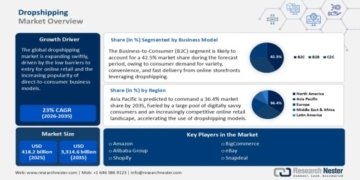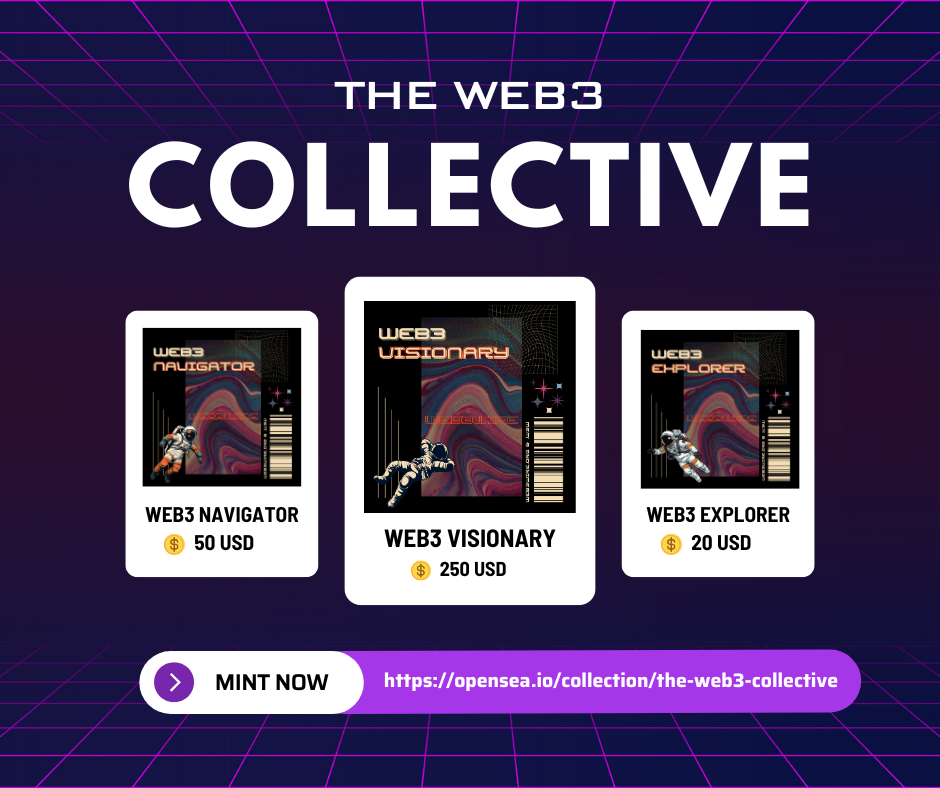The Building Information Modeling (BIM) market has become a pivotal force in the digital transformation of architecture, engineering, and construction (AEC) industries. As global infrastructure development accelerates and sustainability standards evolve, BIM adoption is emerging as a strategic differentiator for both private and public sector stakeholders. The technology enables 3D modeling, collaboration, and data-driven decision-making across project lifecycles-enhancing accuracy, efficiency, and cost optimization.
Leading players are focusing on integrating BIM with AI, cloud computing, digital twins, and IoT platforms, reinforcing the market’s evolution from design tools to holistic project ecosystems. With a diverse mix of software innovators, engineering consultancies, and construction giants investing in this domain, the Building Information Modeling market continues to present significant opportunities for investors and technology developers alike.
➤ Request Free Sample PDF Report @ https://www.researchnester.com/sample-request-3219
Top Companies & Their Strategies
1. Autodesk, Inc.
Autodesk remains the most influential player in the BIM landscape, with its flagship platforms – Revit, AutoCAD, and BIM 360 – forming the backbone of digital design workflows worldwide. The company’s strength lies in its robust cloud-based ecosystem, facilitating real-time collaboration and data sharing across stakeholders. Autodesk’s strategic acquisitions, such as Spacemaker and Innovyze, have expanded its AI-driven design and water infrastructure capabilities, positioning it as a comprehensive AEC technology provider.
2. Bentley Systems, Inc.
Bentley Systems continues to lead in infrastructure-focused BIM solutions, emphasizing digital twin integration through its iTwin platform. The company’s software suite, including MicroStation and OpenBuildings Designer, serves transportation, water, and energy projects globally. Strategic partnerships with Microsoft and Siemens enable Bentley to leverage advanced cloud infrastructure and interoperability-key differentiators in large-scale, cross-discipline projects. Its continuous R&D investment sustains its edge in industrial and civil engineering applications.
3. Trimble Inc.
Trimble’s approach to the Building Information Modeling market blends software precision with hardware innovation. Its offerings-Tekla Structures, SketchUp, and Trimble Connect-enhance constructability, project visualization, and field coordination. The company’s integration of machine control systems, robotics, and cloud analytics delivers unmatched accuracy on-site. Trimble’s strength also lies in its diverse industry coverage-spanning building construction, infrastructure, and geospatial solutions.
4. Nemetschek Group
Germany-based Nemetschek Group has established itself as a global software powerhouse, housing brands like Graphisoft, Allplan, and Vectorworks. The company’s strategy emphasizes open standards (OpenBIM) and interoperability, empowering architects and engineers to collaborate seamlessly across platforms. Nemetschek’s balanced regional presence and focus on sustainability-oriented design tools give it a competitive edge in the European market, where regulatory emphasis on energy efficiency continues to rise.
➤ Explore detailed profiles of top players and new entrants in this space – access your free sample report → https://www.researchnester.com/sample-request-3219
5. Dassault Systèmes SE
Through its 3DEXPERIENCE platform, Dassault Systèmes integrates BIM with virtual twin experiences, enabling lifecycle management of infrastructure assets. The company’s solutions, such as CATIA and SOLIDWORKS, have been extended into construction, promoting digital continuity from design to operation. Dassault’s emphasis on sustainability and simulation-driven design aligns well with green building initiatives, enhancing its long-term strategic positioning.
6. Hexagon AB
Hexagon leverages its expertise in digital reality solutions, combining reality capture, sensor integration, and analytics to augment BIM workflows. The company’s technology suite supports accurate site scanning, model verification, and construction progress tracking. By aligning BIM with geospatial and metrology capabilities, Hexagon enhances real-time monitoring and quality control in large infrastructure projects. Its continued expansion into emerging economies underscores a strong global growth trajectory.
7. AVEVA Group (a Schneider Electric Company)
AVEVA’s integration of BIM into industrial and energy infrastructure projects reflects its process-driven approach. The company’s AVEVA Everything3D (E3D) platform and digital engineering tools enable collaboration across engineering disciplines. Backed by Schneider Electric’s automation expertise, AVEVA benefits from synergies that enhance design-to-operation workflows in complex energy and process facilities.
8. RIB Software SE
A subsidiary of Schneider Electric, RIB Software focuses on construction planning and cost management through its MTWO platform, offering 5D BIM capabilities. The company’s integration of cloud-based project management and data analytics supports digital transformation in construction enterprises. RIB’s cost estimation accuracy and project lifecycle management strengths make it particularly relevant for public infrastructure and mega-projects.
➤ View our Building Information Modeling Market Report Overview here: https://www.researchnester.com/reports/building-information-modeling-market/3219
SWOT Analysis of Leading Companies
Strengths
BIM market leaders possess strong software ecosystems, advanced R&D capabilities, and strategic alliances that enhance interoperability. Companies like Autodesk and Bentley leverage cloud-based collaboration and AI integration, while Nemetschek and Trimble excel in region-specific adaptation and real-time construction solutions. The cumulative advantage lies in global brand trust, continuous innovation, and end-to-end digital workflows that reduce project errors and costs.
Weakness
Despite robust portfolios, interoperability challenges and high software licensing costs remain barriers to widespread adoption. Many BIM systems still struggle with integration across different stakeholders’ platforms, especially in developing regions. The learning curve and training expenses further limit adoption among small and medium construction firms, which hinders full digital transformation potential.
Opportunities
Expanding smart city projects, government mandates for digital design, and sustainability-driven construction are creating significant openings for BIM providers. Emerging economies in Asia-Pacific and the Middle East are increasingly adopting BIM to improve project transparency and reduce delays. Additionally, integration with IoT, AR/VR, and AI-powered predictive analytics is unlocking new business models in asset management and facility operations.
Threats
Cybersecurity risks, evolving regulatory frameworks, and competitive pricing pressures pose major challenges. Open-source alternatives and low-cost regional software vendors threaten established players’ market share. Moreover, economic uncertainty and delays in infrastructure funding can temporarily impact large-scale BIM project investments.
➤ Interested in a customized SWOT for your target competitor? Request your tailored assessment → https://www.researchnester.com/sample-request-3219
Investment Opportunities & Emerging Trends
The Building Information Modeling market is witnessing a surge in investments across digital infrastructure, construction technology startups, and software-as-a-service (SaaS) platforms. Investors are focusing on technologies that streamline project lifecycle management, digital twins, sustainability analytics, and construction automation.
Cloud-based BIM services and AI-enhanced design tools are attracting venture funding, especially in Asia-Pacific and North America. Governments in regions like the EU, UK, and GCC are mandating BIM use in public construction projects, creating new policy-driven growth corridors.
Technology integration is a dominant investment theme-linking BIM with IoT-enabled sensors, drones, and GIS platforms for predictive maintenance and energy optimization. Startups specializing in augmented reality (AR) for site visualization, like XYZ Reality and OpenSpace, are also gaining traction from construction firms and venture capitalists.
Another major trend is the rise of digital twin technology, enabling real-time asset monitoring and data synchronization between virtual and physical models. Companies like Bentley Systems and Dassault Systèmes are leading this frontier, offering simulation-driven insights for infrastructure performance management.
Recent Developments
• Autodesk launched enhanced AI-powered generative design capabilities for Revit, improving project automation and sustainability modeling.
• Bentley Systems announced an expansion of its iTwin platform to integrate environmental and structural data for advanced infrastructure analytics.
• Trimble introduced Trimble Construction Cloud updates with real-time field-to-office synchronization tools.
• Nemetschek Group unveiled new OpenBIM standards to support better cross-platform collaboration in European construction projects.
• Hexagon AB expanded its partnerships in Asia-Pacific to provide BIM-integrated digital surveying solutions.
• RIB Software collaborated with Microsoft to integrate MTWO with Azure cloud services for enhanced data management and cybersecurity.
These strategic moves reflect a consistent industry focus on interoperability, automation, and sustainability, which continue to define the competitive outlook of the Building Information Modeling market through 2035.
➤ Request Free Sample PDF Report @ https://www.researchnester.com/sample-request-3219
➤ Related News –
https://www.linkedin.com/pulse/how-enterprise-performance-management-shaping-r8glf/
https://www.linkedin.com/pulse/what-future-software-defined-perimeter-market-pzudf/
Contact Data
AJ Daniel
Corporate Sales, USA
Research Nester
77 Water Street 8th Floor, New York, 10005
Email: info@researchnester.com
USA Phone: +1 646 586 9123
Europe Phone: +44 203 608 5919
About Research Nester
Research Nester is a one-stop service provider with a client base in more than 50 countries, leading in strategic market research and consulting with an unbiased and unparalleled approach towards helping global industrial players, conglomerates and executives for their future investment while avoiding forthcoming uncertainties. With an out-of-the-box mindset to produce statistical and analytical market research reports, we provide strategic consulting so that our clients can make wise business decisions with clarity while strategizing and planning for their forthcoming needs and succeed in achieving their future endeavors. We believe every business can expand to its new horizon, provided a right guidance at a right time is available through strategic minds.
This release was published on openPR.

















